October 29th, 2017 will mark the 5th anniversary of Superstorm Sandy making landfall in southern New Jersey. Sandy had wide reaching impacts to the eastern half of the U.S. 24 states were directly affected in some way.
All totaled, Sandy’s cost to the U.S. is approximately $70 billion. This ranks as the second costliest weather & climate disaster on record. A closer look at the mainland U.S. impacts from Sandy are below.
Storm Surge
The hardest hit areas from Sandy included the New Jersey and New York coastlines. This is largely due to the immense storm surge that piled up against the coast when the Superstorm took its left-handed turn into New Jersey.
The highest recorded storm surge of 12.65 feet occurred at Kings Point, NY which is on the north shore of the Long Island Sound. Further, a storm surge of almost 3 feet or greater was observed in every East Coast state from Florida to Maine.
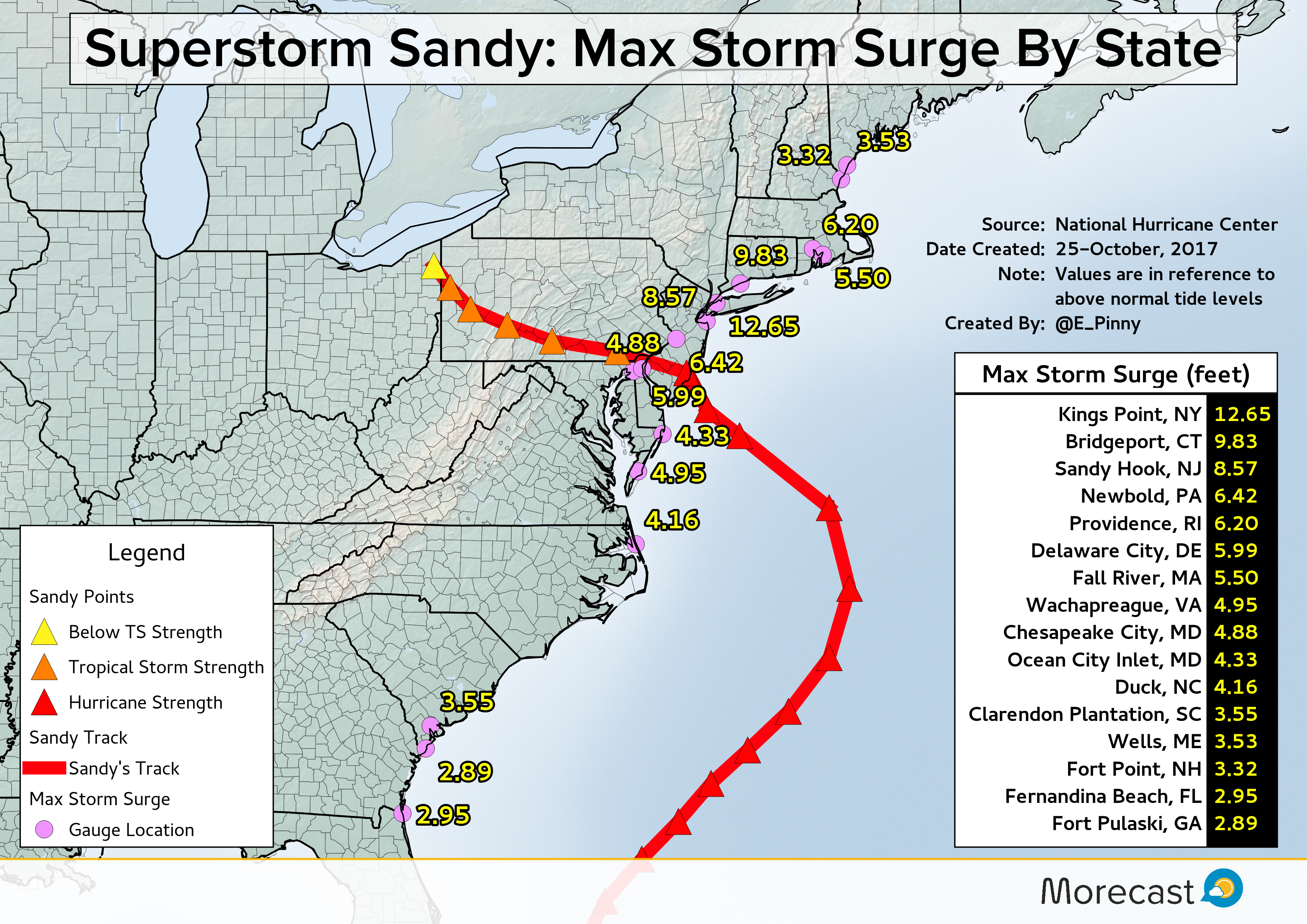 As is typical in many strong tropical cyclones, the storm surge is the biggest contributor to the cost of a storm.
As is typical in many strong tropical cyclones, the storm surge is the biggest contributor to the cost of a storm.
According to the National Hurricane Center’s recap of Sandy, the Metropolitan Transit Authority in NYC reported that 8 subway tunnels were flooded as a result of storm surge. The estimated cost to repair damages to the tunnels is $5 billion. Furthermore, NYC estimates that Sandy will cost the entire city $19 billion mostly because of storm surge damage.
Winds
The most far-reaching impact from Sandy was the storm’s wind field. Before Sandy made landfall in New Jersey, tropical storm force winds reached a diameter of more than 1,000 miles. That is approximately the distance from Washington DC to Jacksonville, FL.
Additionally after Sandy made landfall, tropical storm force wind gusts were observed as far away as Wisconsin and Illinois!
Sandy’s winds were blamed for about 160,000 power outages in Florida, and several million outages farther north across the Mid-Atlantic states.
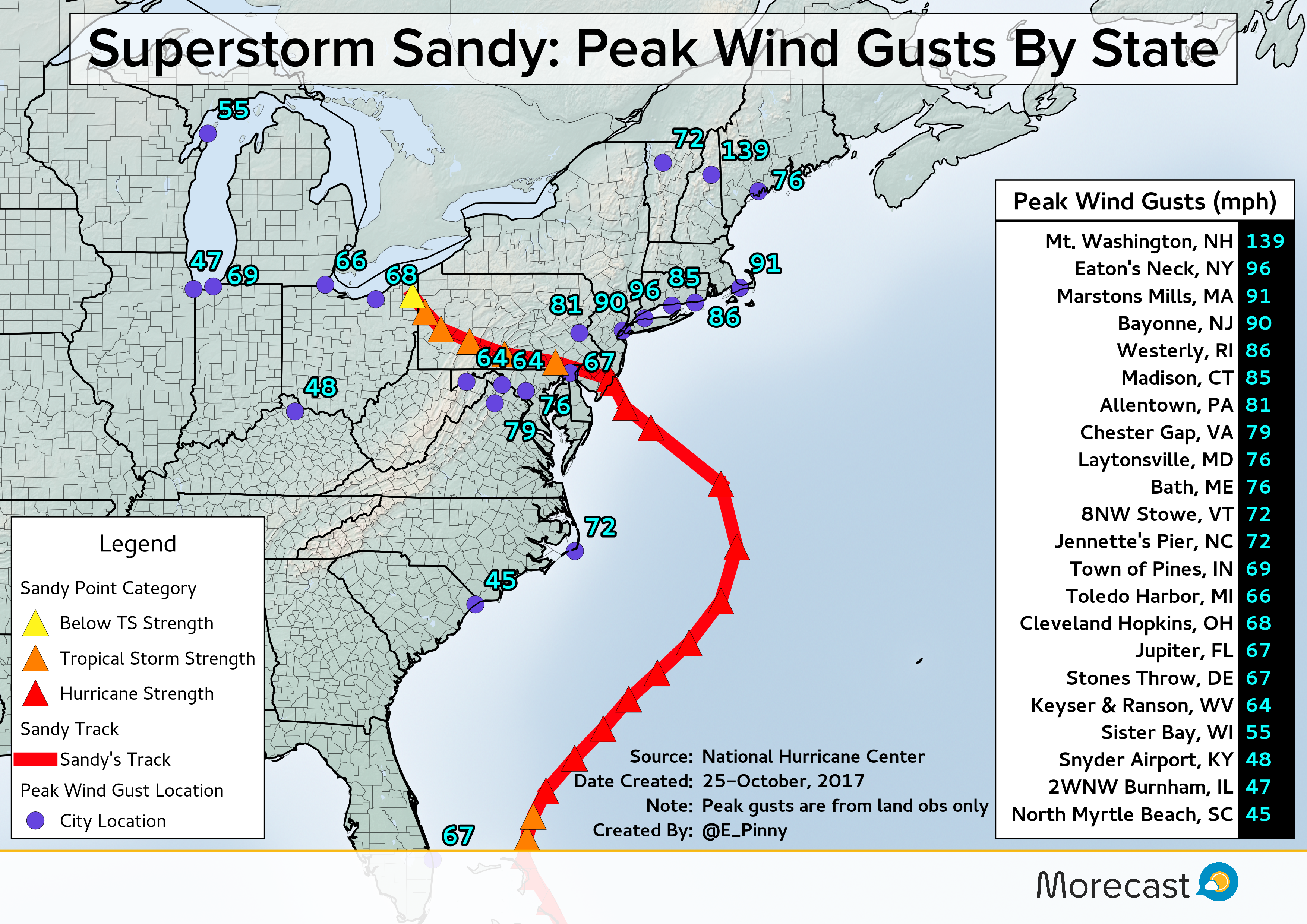
Rain
Once Sandy emerged from eastern Cuba, heavy rain pushed northward through the Bahamas as well as eastern Florida. As the storm underwent a transition from a tropical to non tropical system, the storm grew in size which helped push rain bands inland across the Southeast coast.
As is typical with systems of tropical origins that reach the mid latitudes, the heaviest rain was along and to the left of the storm track. Since Sandy took an unusual left-hand turn into New Jersey, this placed most of the heaviest rainfalls along and to the south of Sandy’s track. The exception was across interior New England where Atlantic moisture was rung out across the higher terrain of Maine, New Hampshire, and Vermont.
The combination of strong winds and flooding from heavy rain caused more than $30 million in damages across Virginia, Maryland, Delaware, and Pennsylvania.
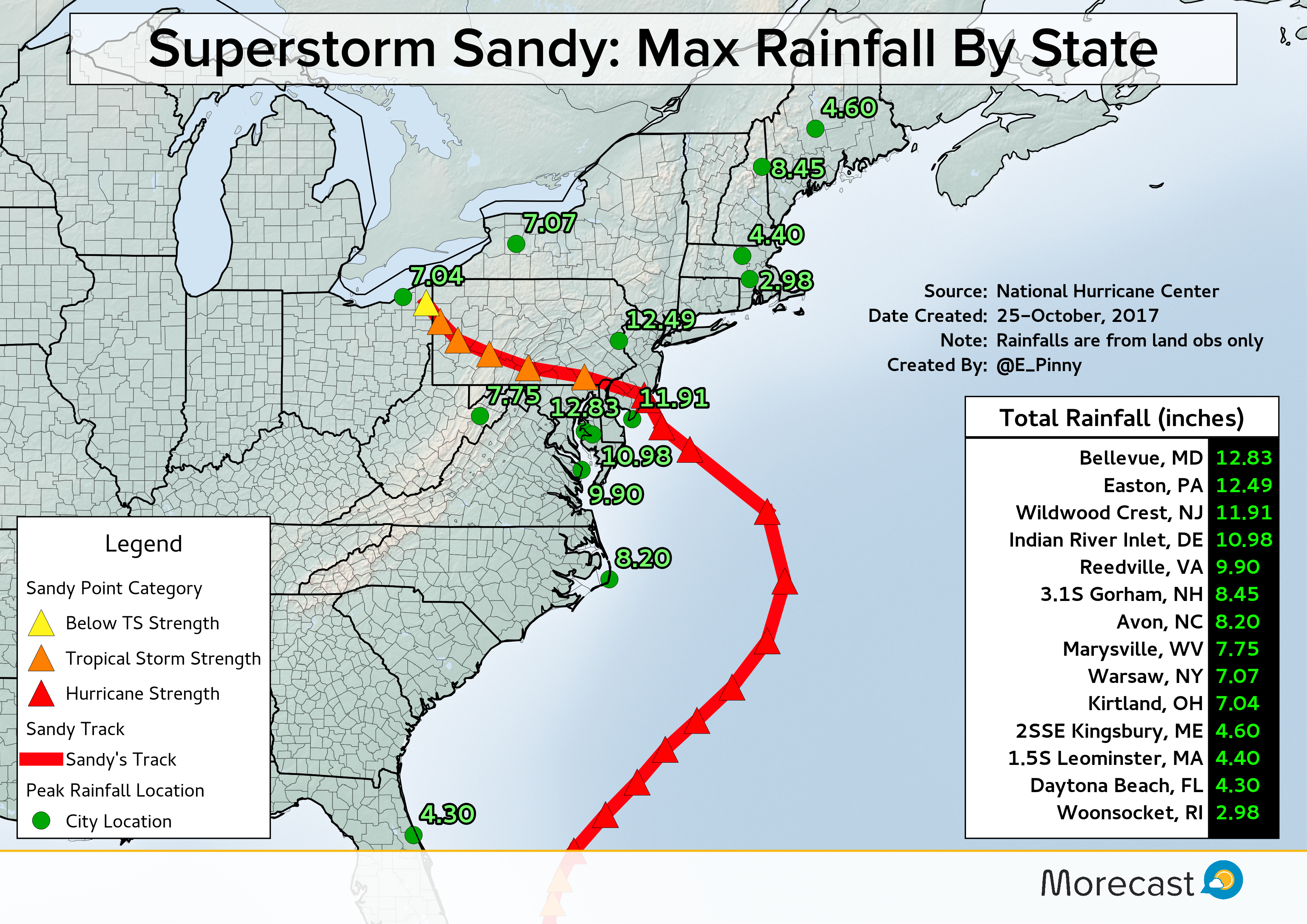
Snow
The icing on the cake for Sandy’s status as a Superstorm was the injection of arctic air from a polar disturbance, which aided in pulling the storm towards the US coast. As precipitation spread westward across the Mid-Atlantic from the coast plain, it fell into an increasingly cold environment changing the rain over to snow across the Appalachians.
One to three feet of snow pasted much of the higher terrain above 2,500 feet from the southern Appalachians northward to southwestern Pennsylvania. The weight of the snow caused a number of structures to collapse as well as thousands to lose power.
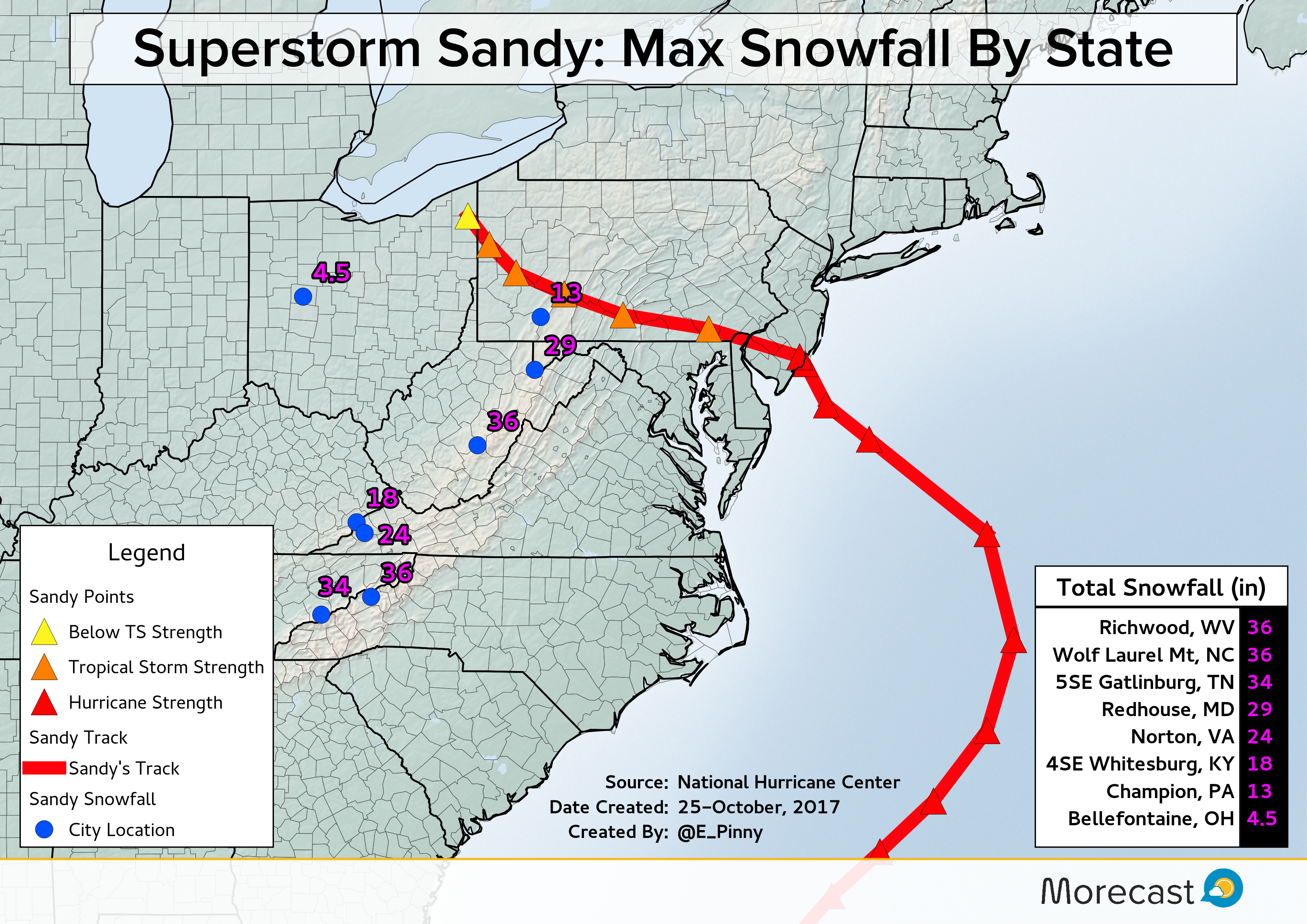
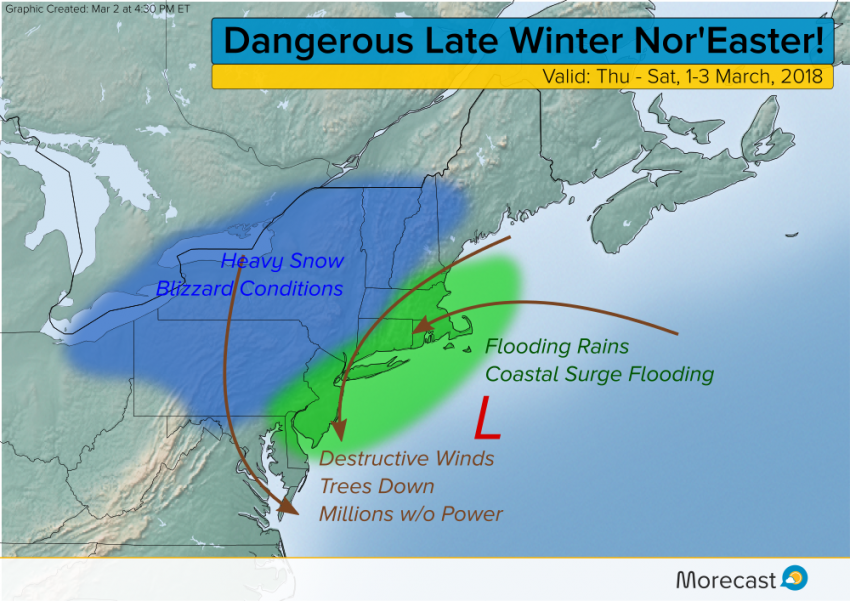
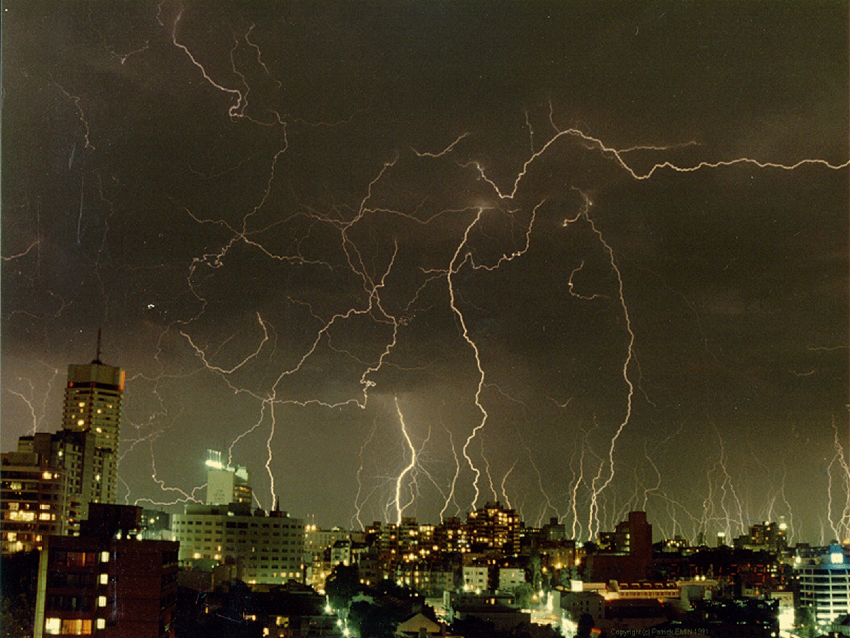
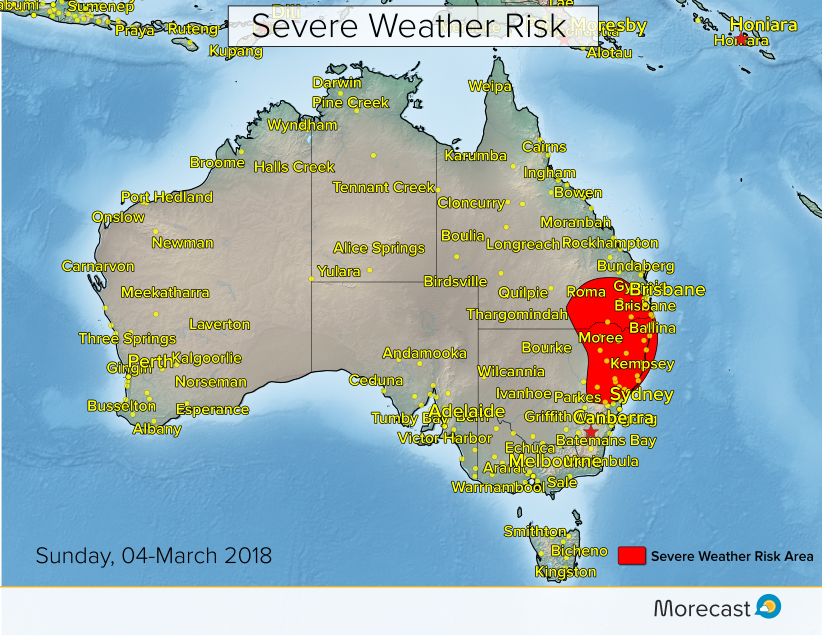
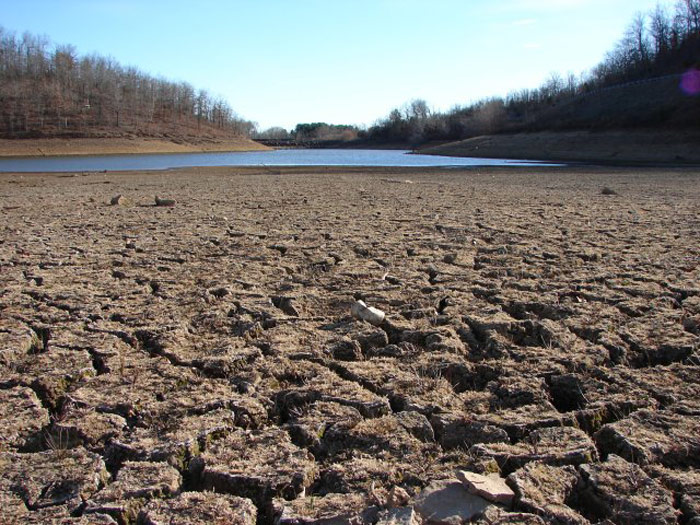
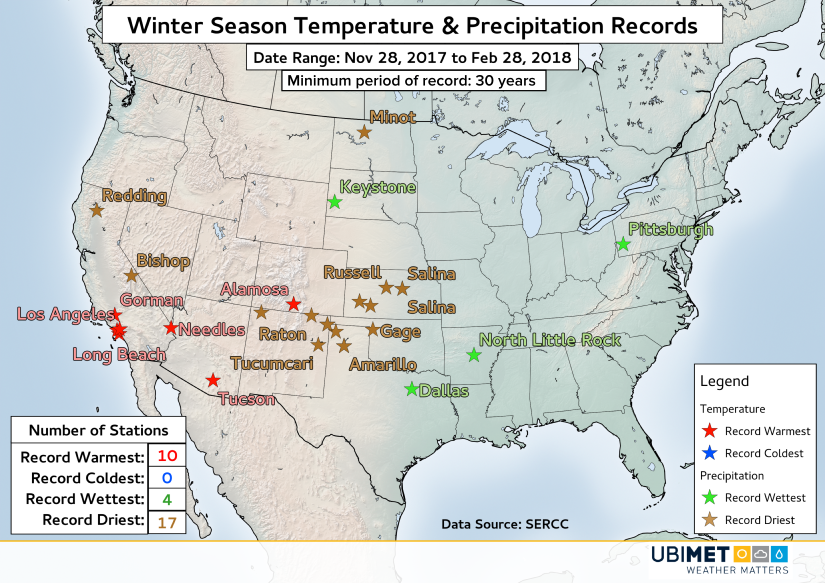
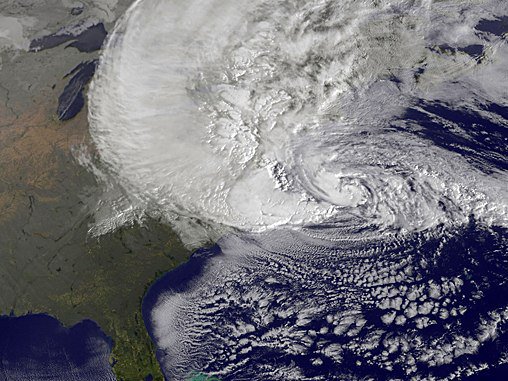
 As is typical in many strong tropical cyclones, the storm surge is the biggest contributor to the cost of a storm.
As is typical in many strong tropical cyclones, the storm surge is the biggest contributor to the cost of a storm.

